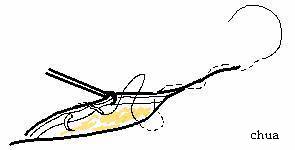In oculoplastic surgery, the aim
is to achieve a fine line of scar tissue which is minimally visible. The
following tips are
useful in achieving the aim.
1. Avoid inversion of the wound
edge.
This produces a depressed scar. The
aim is to produce a wound with a slightly everted edge which tends
to smooth out over time.
This can result from:
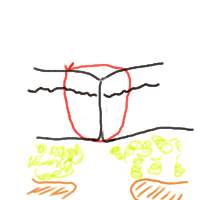
dead space |
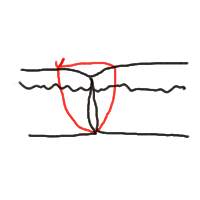
insufficient depth |
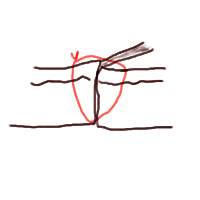
unequal bites |
To avoid dead space close a wound in
layers. The deep layer is closed in as many layers as necessary using
dissolvable sutures such as Dexon
or Vicryl.
To ensure sufficient depth of the bites.
Turn the needle perpendicularly and preferably turning it slightly laterally
to take a good bite of the dermis
and therefore ensure eversion of the wound.
Unequal bites produce an unsightly
two-level scar. Ensure that both bites are of the same depth.
A final note here, after the suture
is tied, move the knot to one side to avoid depressing the scar.
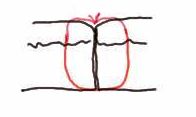
a knot sitting on the wound can cause
wound depression |
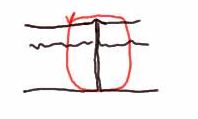
ideal sutures with slight wound
eversion |
2. Suture from the loose to the
fixed.
When suturing a free skin graft, go
through the free skin graft first and then pin it to the fiexed edge of
the
donor skin. This is preferable to
through the fixed edge and attempting to catch and spear the elusive free
graft with the needle.
3. When suturing a thin edge to
a thick edge , take a deeper bite on the thin side and a more superficial
bite on
the thick side to give a better
alignment.
4. When the wound edges are of unequal
height. Start on the high side superficially and then pick up the
low side
a little deeper. Passing the suture
from a high to low edge causes the suture to come out on the low side and
when the long suture limb is pulled
with the first throw of the knot it will lift the lower wound edge up to
a
matching level with the opposite side.
5. When closure demands tension requiring longer suture
retention and in a position where stich marks are
particularly undesirable, a subcuticular
suture (see picture below) of dissolable suture such as Vicryl can
be
retained longer without danger of
cross marks.
|
